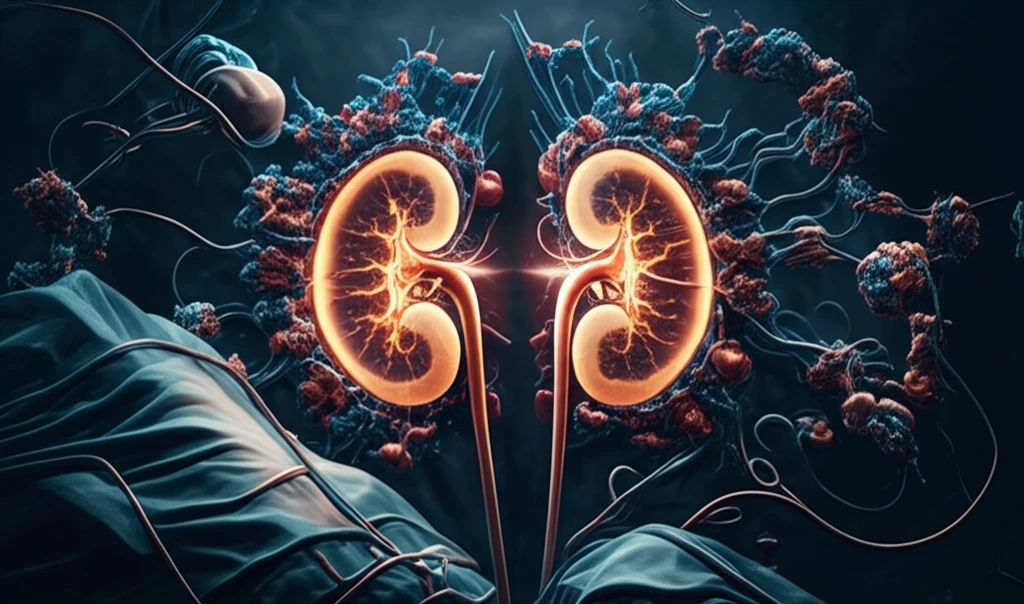
Cushing's Syndrome: How Laparoscopic Adrenalectomy Offers Hope
"A minimally invasive approach to treating adrenal tumors and restoring hormonal balance."
Cushing's Syndrome (CS) arises from prolonged exposure to excessive glucocorticoids. This hormonal imbalance often stems from adrenal tumors that secrete too much cortisol, leading to a cascade of health issues. Understanding the condition and its modern treatments is key to managing and overcoming its challenges.
Traditionally, open surgery was the standard for removing these adrenal tumors. However, the rise of laparoscopic adrenalectomy has revolutionized the treatment landscape. This minimally invasive technique offers significant advantages, including smaller incisions, reduced pain, and quicker recovery times.
This article delves into the specifics of laparoscopic left adrenalectomy for a left corticosteroid-producing adrenal tumor, drawing insights from a recent study. We’ll explore the procedure's steps, benefits, and what patients can expect during recovery.
What is Laparoscopic Adrenalectomy?

Laparoscopic adrenalectomy involves removing the adrenal gland through small incisions, typically with the aid of a camera and specialized instruments. This approach contrasts sharply with traditional open surgery, which requires a larger incision to access the adrenal gland.
- Minimally Invasive: Smaller incisions reduce trauma to the body.
- Less Pain: Patients typically experience less postoperative pain.
- Shorter Hospital Stay: Recovery times are often quicker, allowing patients to return home sooner.
- Reduced Scarring: Smaller incisions result in less visible scars.
- Faster Recovery: Patients can resume normal activities more quickly.
Embracing the Future of Adrenal Tumor Treatment
Laparoscopic adrenalectomy represents a significant advancement in the treatment of Cushing's Syndrome caused by adrenal tumors. Its minimally invasive nature, combined with reduced pain and faster recovery, makes it an appealing option for many patients. If you or someone you know is dealing with Cushing's Syndrome, discussing laparoscopic adrenalectomy with a qualified surgeon could be a transformative step toward improved health and well-being.
